Other
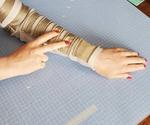
“I love fabric! I really love conductive fabric, so if you’ve never used conductive fabric, I hope you sew and enjoy this Instructable. Conductive fabric is fabric that conducts electricity. Typically there are metal strands woven into the fabric …
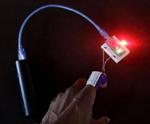
“Finger Bend is a sensor created to find a way of making finger bends inside of a glove, control light and sound. The idea behind this glove is to then connect it to a body suit with other eTextile sensors …
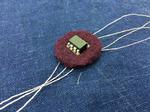
“When using microcontroller for embroidery circuit projects, sometimes you do not want to directly solder them on the embroidery as you need to take it out to change the program on it. For this, sockets are convenient, but it is …
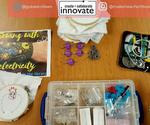
“This guide is focused on helping students who have never sewn learn some hand sewing tips, AND sew their first circuit! With this project, your students will make their learning visible. Plus, it is a really easy project for students …

“This angler fish can sense what kind of prey it’s about to eat! But what’s extra special about this project is that it is made with DIY, low-fidelity sensors. Using simple materials like cardboard and circuit paint you …
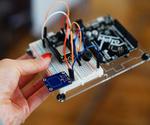
“Know someone that constantly struggle to get out of bed, comes late to work and you are just want to give them a nudge in the morning. Now you can make your own Hey Pillow. Inside the pillow is embedded …

“Hello! I have always thought my closet is dark and hard to see my clothes clearly. I also wanted to have separate lights installed inside the closet so that I have a better view on my clothes. So, I made …
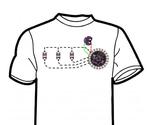
“This is a T Shirt with sewed on LEDs which are powered by LilyPad Arduino main board and a LilyPad coin cell battery holder which can provid with up to 9v batteries, connected by a conductive thread.”

“In this basic wearables project, you will build a circuit to collect high fives. The final circuit is a simple one you can learn to build in my free Instructables Wearable Electronics Class (Digital Input and Digital Output lessons).”
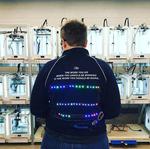
“This jacket has 40 neopixels sewn to the back to display the status of the 40 3D Printers in Duke’s Innovation Co-Lab Studio. Each light corresponds to one printer and is either blue (in use), green (available), or red …

